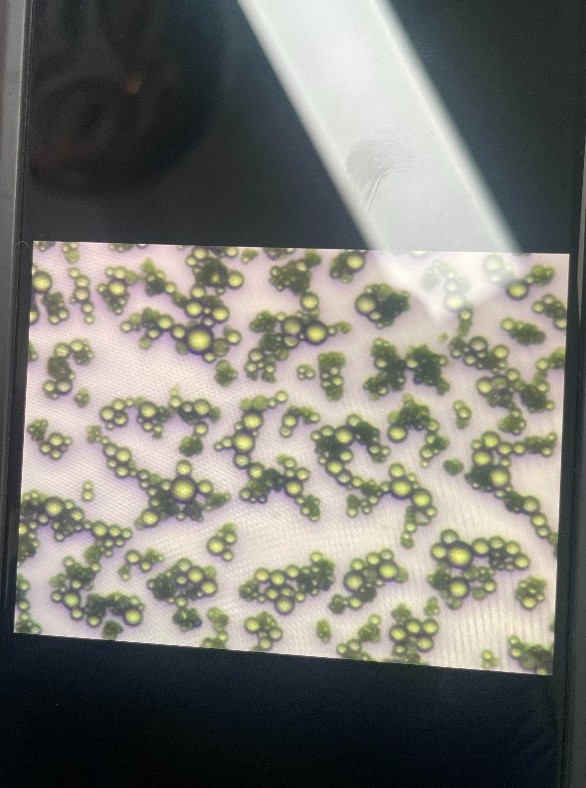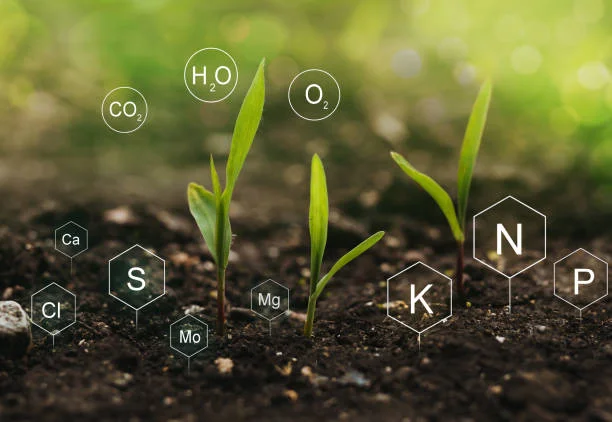
Nutrition and fertilizer for each type of plant
Nutrition and fertilizer play an important role in the development of crops, helping plants to be healthy, increasing productivity and product quality. Each type of crop has different nutritional and fertilizer needs, depending on physiological characteristics, growth time and purpose of use. Below are the nutritional and fertilizer requirements of some common crops.
1. Rice
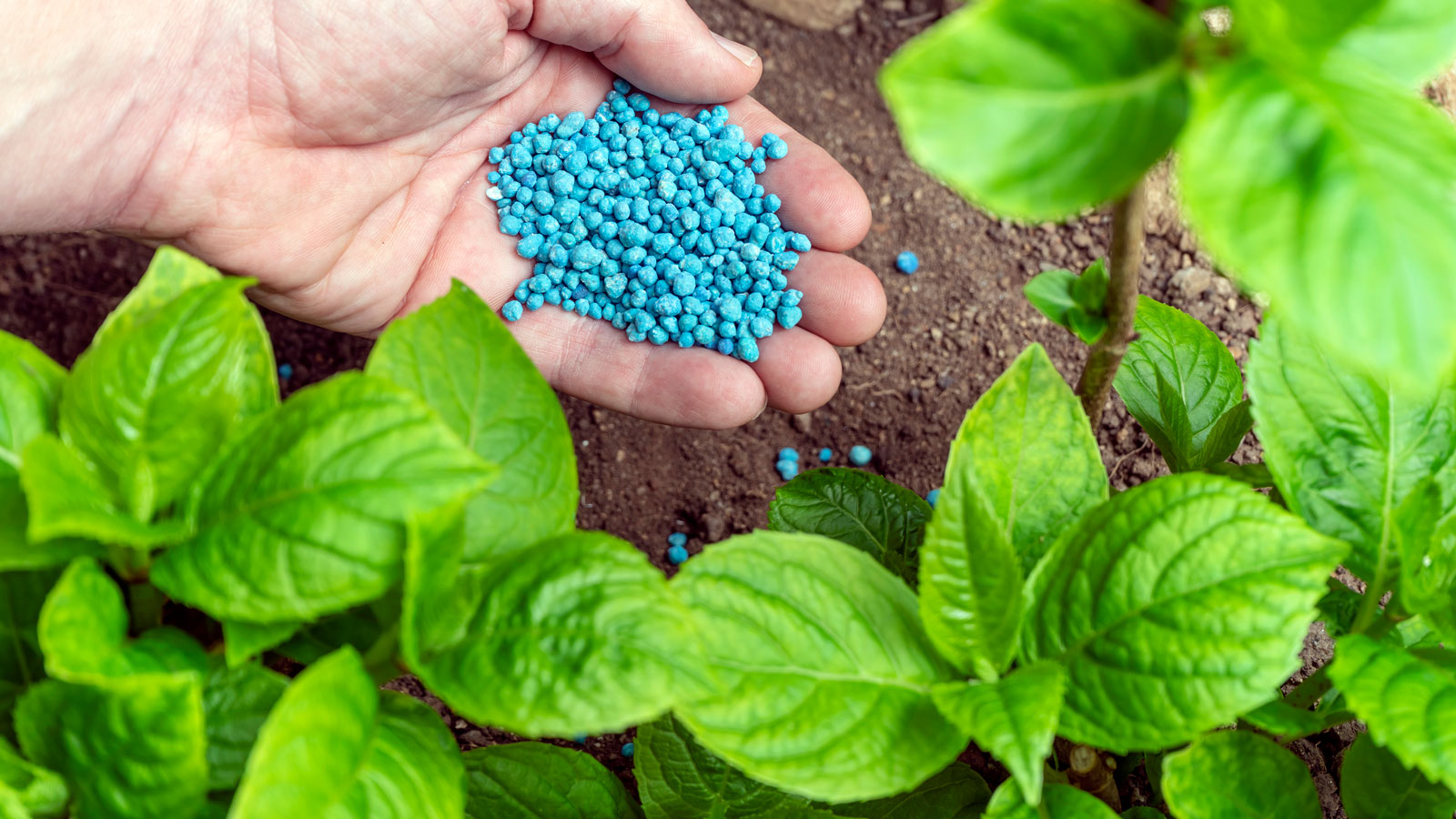
Nutrition needs
- Rice plants need a lot of nitrogen (N) for the initial growth and development stages.
- Potassium (K) is essential during the flowering and grain formation stages, helping plants to be strong and resistant to lodging.
- Phosphorus (P) helps develop the root system, increases the ability to absorb nutrients and improves the flowering and fruiting process.
Fertilizer
- Basal fertilization: Phosphorus and potassium fertilizers are applied to the soil before sowing or transplanting.
- Top dressing:
- First time (20-25 days after transplanting): apply nitrogen fertilizer (Urea) to promote stem and leaf growth.
- 2nd time (35-40 days before tillering): apply nitrogen and potassium to help the plant develop healthy leaves and stems.
- 3rd time (heading stage): apply potassium to help the plant become strong, the grains become firm and increase disease resistance.
2. Corn (maize)
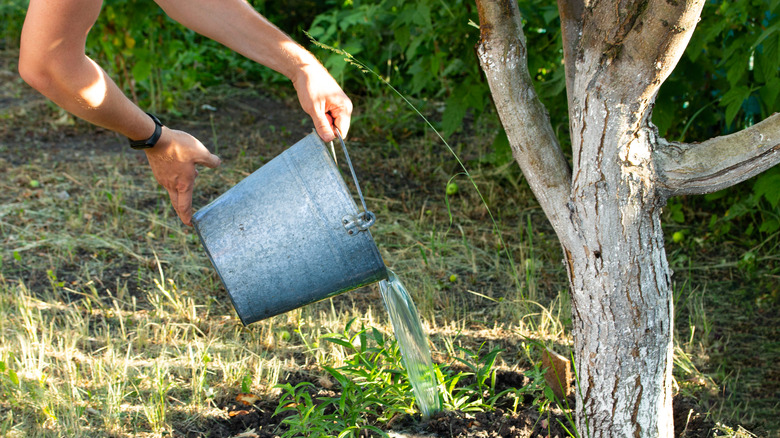
Nutritional requirements
- Need a lot of nitrogen (N) in the early growth stage to develop stems and leaves.
- Phosphorus (P) is very important for the development of the root system and helps the grains become firm.
- Potassium (K) increases resistance to pests and diseases, improving corn quality.
Fertilizer
- Basal fertilization: Before planting, apply phosphorus and some nitrogen and potassium so that the corn plant has the conditions to grow from the beginning.
- Top dressing:
- 1st time (when the plant has 3-4 true leaves): apply nitrogen to promote growth.
- 2nd time (when the plant has 8-10 leaves): apply nitrogen and potassium to help the plant grow strongly and be resistant.
- 3rd time (before flowering): apply potassium and phosphorus to increase okra yield and seed quality.
3. Coffee plants
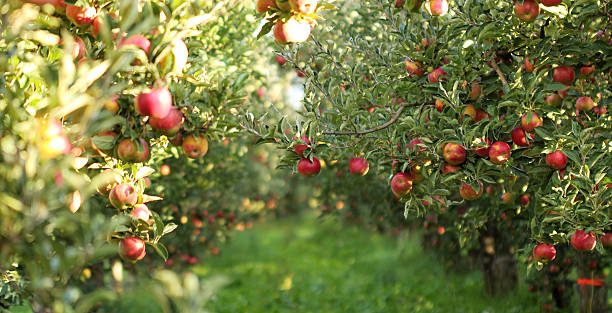
Nutrition requirements
- Need a lot of nitrogen (N) during the growth stage of leaves and branches.
- Potassium (K) helps increase the size and hardness of fruits and seeds, improving the quality of coffee.
- Phosphorus (P) stimulates flowering, fruit set and enhances the health of the tree.
Fertilizers
- Basal fertilization: Use decomposed organic fertilizer combined with phosphate fertilizer before the rainy season to increase root development.
- Top dressing:
- 1st time (before flowering): apply nitrogen and potassium fertilizer to help the tree develop branches and leaves and flower well.
- 2nd time (after fruit set): apply nitrogen and potassium to nourish the fruit.
- 3rd time (before harvest): apply potassium to increase fruit quality, avoid fruit drop.
4. Leafy vegetables (water spinach, lettuce, cabbage)
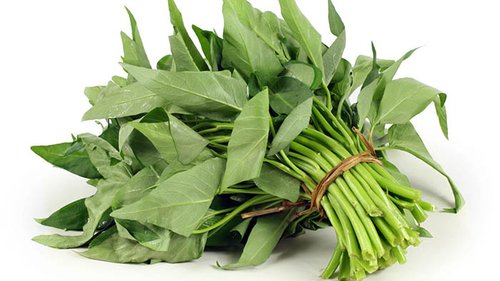
Nutrition requirements
- Leafy vegetables need a lot of nitrogen (N) to develop lush green leaves.
- Phosphorus (P) and potassium (K) are also needed but in lower doses, helping to increase the crispness and deliciousness of the leaves.
Fertilizer
- Base fertilizer: Decomposed organic fertilizer or manure, phosphate fertilizer is applied to the soil before sowing to improve soil structure.
- Top dressing: Divided into 2-3 times, apply nitrogen fertilizer (Urea) to provide nutrients for leaf growth.
- 1st time (10-15 days after sowing): apply nitrogen fertilizer to help the plant grow quickly.
- 2nd time (10-15 days after the first time): apply nitrogen fertilizer to promote green leaves and strong growth.
5. Tomato plants
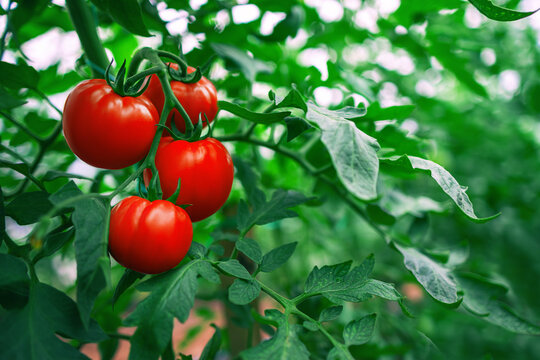
Nutrition requirements
- Need a lot of nitrogen (N) during the stem and leaf development stage.
- Phosphorus (P) is important for flower and fruit formation, helping the fruit to be firm and smooth.
- Potassium (K) helps the fruit to develop well, be sturdy and increase sweetness.
Fertilizer
- Basal fertilization: Apply organic fertilizer, phosphorus and potassium to the soil before planting.
- Top dressing:
- 1st time (when the tree reaches 20-25 days after planting): apply nitrogen fertilizer to help the tree develop leaves and branches.
- 2nd time (when the tree buds): apply nitrogen, phosphorus and potassium to increase the ability to flower and set fruit.
- 3rd time (after fruit set): apply potassium to nourish the fruit, helping the fruit to be firm and sweet.
6. Orange, tangerine and grapefruit trees
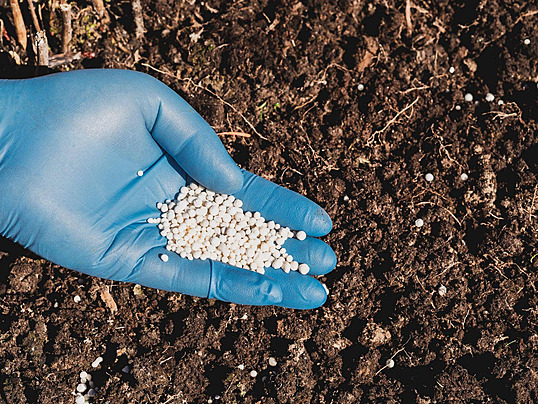
Nutritional requirements
- Nitrogen (N) is necessary during the development of leaves and young branches.
- Potassium (K) is very important for fruit quality, helping the fruit to be large, juicy and sweet.
- Phosphorus (P) is necessary during the flowering stage, helping to increase the ability to set fruit.
Fertilizer
- Basal fertilizer: Apply decomposed organic fertilizer combined with phosphorus before the rainy season to develop the root system.
- Bón thúc:
- 1st time (before flowering): apply nitrogen and potassium to help the tree develop branches and leaves and flower.
- 2nd time (after fruit set): apply nitrogen, potassium and phosphorus to nourish young fruit.
- 3rd time (before fruit ripens): apply potassium to increase fruit quality, making fruit juicy and sweet.
7. Pepper plant
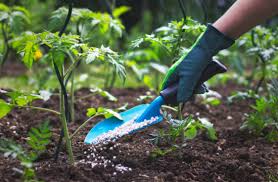
Nutrition requirements
- Nitrogen (N) is needed for stem and root development..
- Potassium (K) helps increase the plant's ability to withstand drought and resist pests, while improving pepper quality.
- Phosphorus (P) helps the plant flower, set fruit and increase resistance.
Fertilizer
- Basal fertilization: Before planting, apply decomposed organic fertilizer and phosphate fertilizer to improve the soil.
- Top dressing:
- 1st time (before the plant flowers): apply nitrogen and potassium to help the plant grow well and flower evenly.
- 2nd time (after fruit set): apply potassium and nitrogen to help the fruit develop well, the seeds are firm.
- 3rd time (when the fruit is almost ripe): apply potassium to increase seed quality, making the pepper seeds hard and fragrant.
8. Durian tree
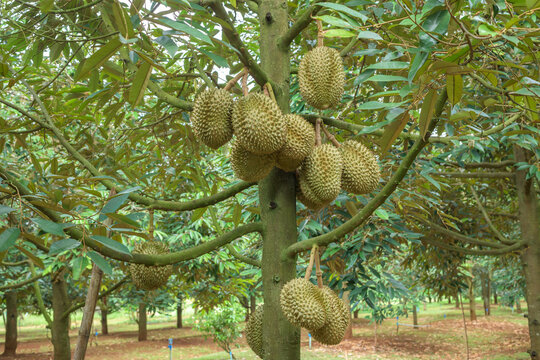
Nutritional requirements
- Need a lot of nitrogen (N) during the branch and leaf development stage.
- Potassium (K) is very important for fruit quality, helping to increase size and sweetness.
- Phosphorus (P) is necessary for root development, stimulating flowering and helping the fruit to be firm.
Fertilizer
- Basal fertilization: Use decomposed organic fertilizer and phosphate fertilizer to fertilize the soil before the rainy season to increase nutrition and improve the soil.
- Top dressing:
- 1st time (after harvest): apply nitrogen, phosphorus and potassium fertilizer to help the tree recover and develop new branches and leaves.
- 2nd time (before flowering): apply potassium and nitrogen to support the flowering process.
- 3rd time (when the fruit develops): apply potassium and nitrogen to help the fruit grow large, have good quality, be fragrant and sweet.
General notes when fertilizing plants
- Choose the right type of fertilizer: Use the right type of fertilizer (organic fertilizer, chemical fertilizer, microbial fertilizer) and the right dosage according to each stage of plant growth.
- Organic fertilizer: Applying decomposed organic fertilizer helps improve the soil, supplement beneficial microorganisms, increase soil looseness and moisture.
- Time of fertilization: Avoid fertilizing on hot sunny days or before heavy rains.
- Correct dosage: Apply the right amount of fertilizer to avoid overuse, ensure plant safety and protect the environment.
Providing appropriate nutrients and fertilizers helps plants grow well, increase their resistance to pests and harsh weather, thereby improving productivity and product quality.
Bình luận
Những bình luận mới nhất
